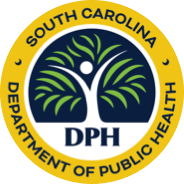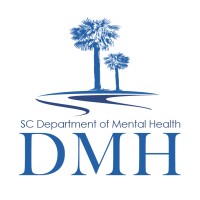- Introduction
- Details
- Purpose
- Outlook

"Supporting student wellness through prevention, connection, and access to care."
🗓 Introduced: January 2025
📍 Status: Still in committee
📚 Grades Affected: 6–12
🤝 Agencies Involved: SC Department of Education, Health and Human Services, and Mental Health
🎯 Goal: Preventative screenings for mental health in schools
This bill encourages collaboration among key state agencies to fund and implement annual mental health screenings in South Carolina schools. The screenings aim to support healthy development and reduce isolation, stigma, and untreated mental health concerns.
The Mental Health in Schools Act (H. 3478) was introduced January 2025. The purpose of this bill is to implement mental health screenings as a preventative tool in South Carolina schools for grades 6-12. Multiple key departments will collaborate with the goal of reducing risk related to students’ mental and behavioral health needs. These preventative interventions support healthy development of youth and eradicate social isolation by increasing access to mental health services and reducing stigma. The directly aligns with core social work values, such as empowerment, social justice, and competence. It also supports several Grand Challenges, including ensuring healthy development for youth and eradicating social isolation.



The act addresses the mental health gap and promotes social justice by prioritizing schools with high Medicaid enrollment and frequent crisis calls. The implementation of this bill will increase accessibility and equity in mental health care for vulnerable populations. To ensure cultural competence, the bill requires an evidence-based screening tool that will be administered by a qualified professional in the students’ native language. Funding is provided for educator training and preventive interventions to increase program effectiveness. The act focuses on confidentiality, privacy, and autonomy by informing parents about screenings and providing a non-onerous opt-out option. It emphasizes protection of student information and upholds core social work values of dignity, self-determination, safety, and well-being.

🎯 Purpose of the Bill
- Reduce risks from unmet mental and behavioral health needs
- Help students thrive academically and emotionally
- Provide early, evidence-based mental health screenings
- Focus on students in grades 6–12
📊 "Untreated or undiagnosed mental health conditions can impact learning, growth, and social development" – National Alliance on Mental Illness (2024)
📌 Youth Mental Health Crisis
- Nearly 10% of school-aged children have attempted suicide
- 40% show signs of clinical depression
- Mental illness linked to risky behaviors (CDC, 2024)
📌 Why It Matters
- Youth deserve support for depression, anxiety, and emotional struggles
- Aligned with NASW values: dignity, justice, and service
📌 Key Barriers
- Lack of awareness in youth and adults
- Stigma leading to discrimination or denial of care (Singhal, 2024)
- Underfunded schools unable to provide mental health services (Baker, 2021)

🏛️Chances of Passage: Moderate
What Impacts a Bill
- Political climate
- Social support
- Legislative precedence
- Funding and resource access
🤝The governor’s recent behavioral health reforms suggest political alignment on this issue, however the bill has not advanced to a vote yet.

Potential Outcomes if the Bill Passes:
- Early Intervention
- Increase students ability to thrive academically and developmentally
- Decrease behavior problems that occur in school
- Provide support for students and families
- Potentially decrease the attempted suicide rate
- Potentially decrease depression symptoms
- Bridge the gap between students, their families and the school system

Potential Outcomes if the Bill Does Not Pass:
- Perpetuated or increased mental health problem in students
- Perpetuated or increased dropout rates among students
- Substance use and incarceration among students
- Depressive symptoms among students
- Behavior problems within the school
- Suicide rate among students